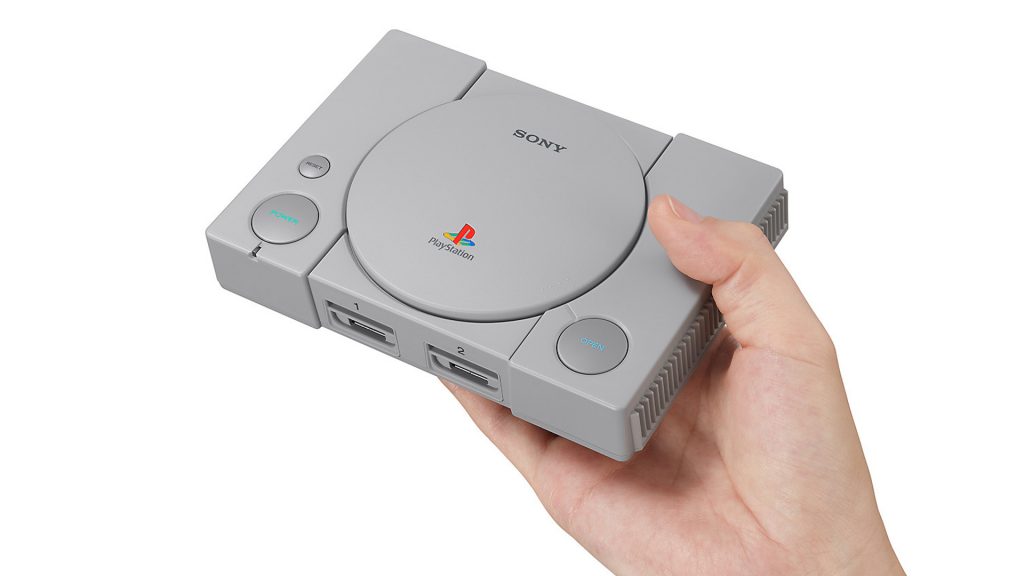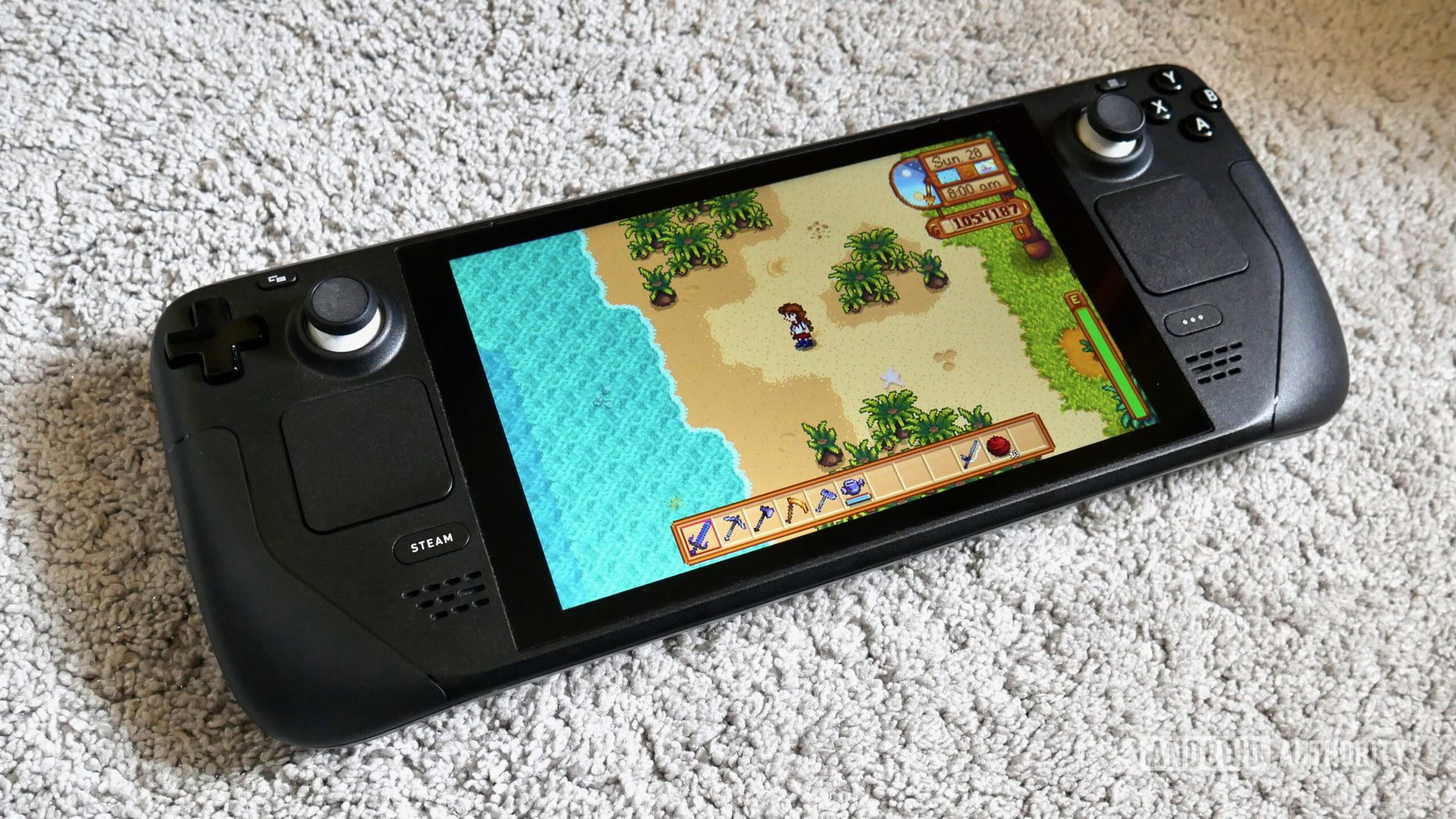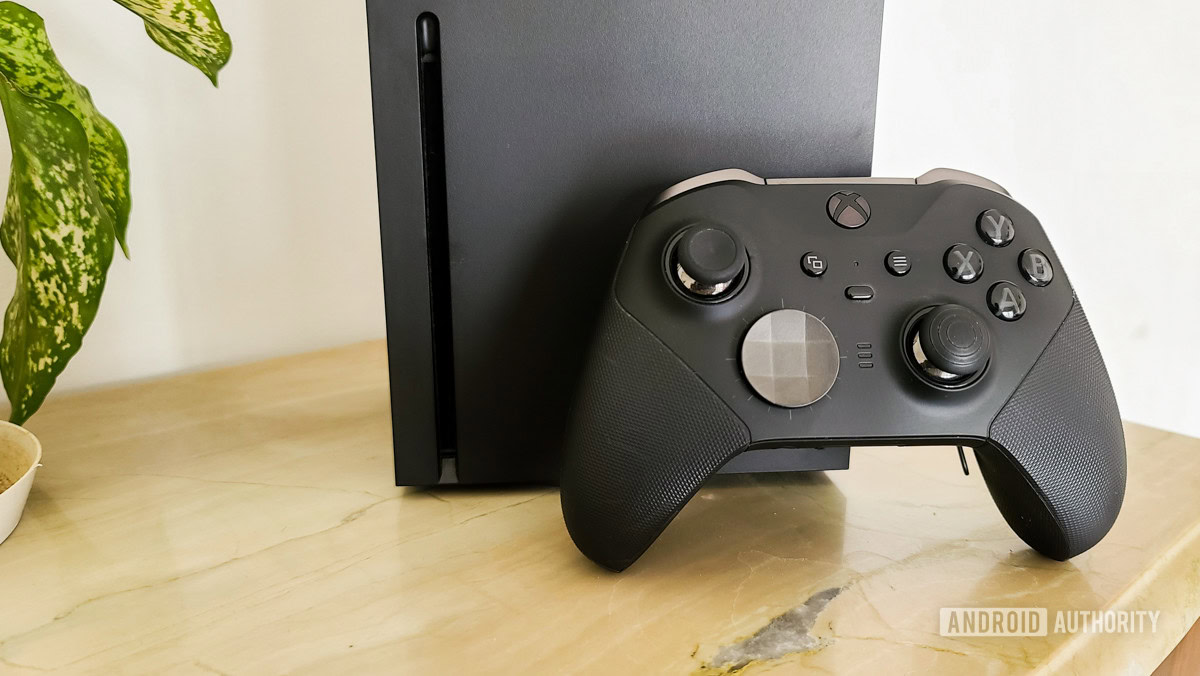When we think about PC processors, desktops, and laptops, two names come to mind: Intel and AMD. While Qualcomm has entered the scene with Windows on Arm, the lion’s share of the market still belongs to these two heavyweights. These firms are in a constant battle over performance, pricing, and market dominance. But did you know there’s a niche where AMD holds 100% market share, leaving Intel completely out of the picture?
A rough history of consoles

This journey began nearly 50 years ago with the release of the Atari 2600, a console that sold millions of units and set the stage for the gaming consoles we know today. Launched in 1977, the console used a variant of the 8-bit 6502 CPU. The 8-bit era was long-lived, enduring to the late 1980s, when consoles, like the Sega Genesis (or Sega Mega Drive, depending on your region), switched to the 16-bit Motorola 68000.
In 2013, the PlayStation 4 debuted with an AMD APU, marking the beginning of the chip maker's dominance.
The 32-bit era arrived several years later with the Sony PlayStation, which featured the MIPS-R 3000 CPU. The first Xbox, released nearly a decade later, used a 32-bit Intel Pentium 3 variant.
The original PlayStation, launched in 1994, had a 32-bit MIPS-R 3000 RISC processor. The PlayStation 2, released in 2000, featured the Emotion Engine — a 64-bit MIPS-R 5900 processor with a 28-bit SIMD and a graphic synthesizer as a co-processor. This was a precursor to the CPU-GPU integration we see today. The first Xbox came with a Pentium 3 CPU and an NVIDIA GeForce 3 GPU, essentially making it a PC in a box.

Oliver Cragg / Android Authority
In 2005, the Xbox 360 introduced the Microsoft X CPU with three 64-bit PowerPC cores and an ATI Radeon X 1800 variant GPU. The PlayStation 3, released in 2006, featured the Cell processor — a 64-bit PowerPC with various Single Instruction/Multiple Data (SIMD) processing elements — and an NVIDIA 7800 GTX GPU equivalent called the Reality Synthesizer. After these two consoles, the landscape would change dramatically in AMD’s favor.
In 2013, the PlayStation 4 debuted with an AMD APU featuring an octa-core CPU and an AMD Radeon GPU based on the Graphics Core Next (GCN) architecture, similar to the Radeon HD 7870. This marked the beginning of AMD’s dominance, as they provided both the CPU and GPU in a single chip. The Xbox One announced just days after the PlayStation 4, also featured an AMD APU with a similar architecture.
Fast forward to the 2020s, and the Xbox Series S, X, and PlayStation 5 continue using AMD APUs. These newer models feature octa-core Zen 2 CPUs and AMD RDNA 2 GPUs. The Steam Deck, released in 2022, also uses an AMD APU with a quad-core Zen 2 CPU and an AMD RDNA GPU. Other handhelds, like the ASUS ROG Ally X and Lenovo Legion Go, also employ AMD hardware, further solidifying the company’s stronghold in this market.
Architecture is key

Adamya Sharma / Android Authority
So why are AMD consoles all the rage? It’s quite simply down to architecture. AMD’s dominance in the gaming console space lies in its ability to provide both the CPU and GPU in an APU, simplifying the package. This reduces manufacturing costs, speeds up time to market, and gives console makers like Sony and Microsoft more buying power. AMD’s willingness to collaborate closely with these companies to create tailored solutions has also been a significant factor.
Using the industry-standard x86-64 architecture simplifies game development, as many common tools like Unity and Unreal are compatible across different platforms. This reduces complexity and development time, making it a win-win for everyone involved.
Why not other architectures like MIPS or PowerPC? MIPS is essentially obsolete, and while PowerPC is still around, mainly in servers, it lacks a GPU offering. Intel could potentially replace AMD, but their current GPUs are perceived as underperforming in comparison. An Arm CPU with an NVIDIA GPU is another possibility, as seen in the Nintendo Switch. Still, backward compatibility issues make this a less likely option for future PlayStation and Xbox consoles.
Looking ahead, AMD’s dominance seems set to continue. The next generation of consoles is already in development. While there are rumors of potential shifts to Arm and NVIDIA, the strong relationship between AMD and the console makers and AMD’s ongoing advancements makes a switch unlikely.







 English (US) ·
English (US) ·